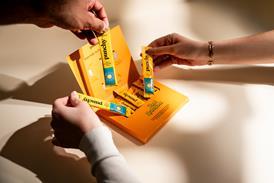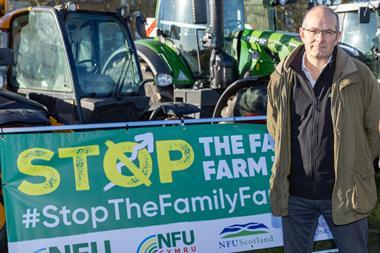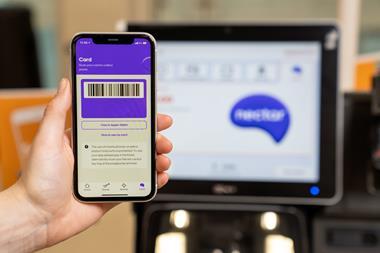Supermarkets and convenience stores are failing to exploit the full potential of the £3.7bn local and regional food market, according to research unveiled at the International Food and Drink Event (IFE) this week.
The research, conducted by IGD, showed that while 61% of the 1,000 people questioned currently buy local and regional food, nearly 50% would like to buy more.
It also found that 9% of people don’t buy local produce but would like to. One reason for this, IGD suggested, is that consumers have difficulty finding the products.
Joanne Denney-Finch, IGD chief executive, said: “What came out loud and clear is that some
shoppers who want to buy local and regional food can’t find it. There is huge opportunity to do a much better job in raising the profile of products.”
According to Denney-Finch, 36% of local and regional food shoppers expect to find those
products in particular areas of a store, and she said retailers should create clearer sections to help. She added: “It’s a travesty that people are missing out on products because the industry is not making them easier to find. They need to be high-profile in store as purchases tend to be on impulse, so they need to shout above the noise. People expect to find products in a very specialist place.”
A spokeswoman for Waitrose, which has nearly 500 local and regional lines, said: “We find that customers are more likely to make impulse purchases of local products when they are merchandised in the relevant category. We do actively promote local and regional products in our branches and clearly mark local and regional products.”
The supermarket is running trials in two regions to introduce ranges of locally grown fruit and veg, which will be set aside in each participating branch, labelled under the sub brand Local Farm Series.
Stefan Chomka
The research, conducted by IGD, showed that while 61% of the 1,000 people questioned currently buy local and regional food, nearly 50% would like to buy more.
It also found that 9% of people don’t buy local produce but would like to. One reason for this, IGD suggested, is that consumers have difficulty finding the products.
Joanne Denney-Finch, IGD chief executive, said: “What came out loud and clear is that some
shoppers who want to buy local and regional food can’t find it. There is huge opportunity to do a much better job in raising the profile of products.”
According to Denney-Finch, 36% of local and regional food shoppers expect to find those
products in particular areas of a store, and she said retailers should create clearer sections to help. She added: “It’s a travesty that people are missing out on products because the industry is not making them easier to find. They need to be high-profile in store as purchases tend to be on impulse, so they need to shout above the noise. People expect to find products in a very specialist place.”
A spokeswoman for Waitrose, which has nearly 500 local and regional lines, said: “We find that customers are more likely to make impulse purchases of local products when they are merchandised in the relevant category. We do actively promote local and regional products in our branches and clearly mark local and regional products.”
The supermarket is running trials in two regions to introduce ranges of locally grown fruit and veg, which will be set aside in each participating branch, labelled under the sub brand Local Farm Series.
Stefan Chomka














No comments yet